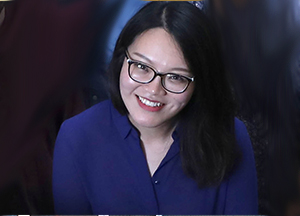
Dr Daisy Wang, Research Fellow, UNSW
The field of 2D materials is rapidly developing from scotch taping graphite to isolate a single layer of carbon atoms – graphene, to assembling stacks of different 2D materials – 2D heterostructures, towards aligning individual 2D layers to create an artificial lattice, so called Moiré lattice. The accurate control of a twist angle between the 2D layers allows to change the period of the Moiré and alter the electronic energy bands of 2D materials. Even though there are several groups that have developed the controlled twist angle technique, it is still in its infancy, researchers rely on luck and hard work to hit the required angle. More importantly, the twisted layers are strained and arrange themselves in a network of domains with varying twist angle. Here we demonstrate an alternative approach of synthetic bandstructure engineering using lithographically patterned superlattices. With great control and tunability of the lattice constant, symmetry and potential strength, we apply this technique to conventional semiconductor materials and show its promise for bandstructure engineering in atomically thin 2D materials.
About the presenter
Daisy Wang is a Research Fellow in the School of Physics, University of New South Wales, Sydney, Australia. Daisy completed her PhD in experimental condensed-matter physics. Her research was focused on electrical transport of holes in low-dimensional semiconductor devices. Daisy is currently a research fellow in FLEET, where she works on FLEET’s research theme 1: artificially engineered topological dissipationless systems.
